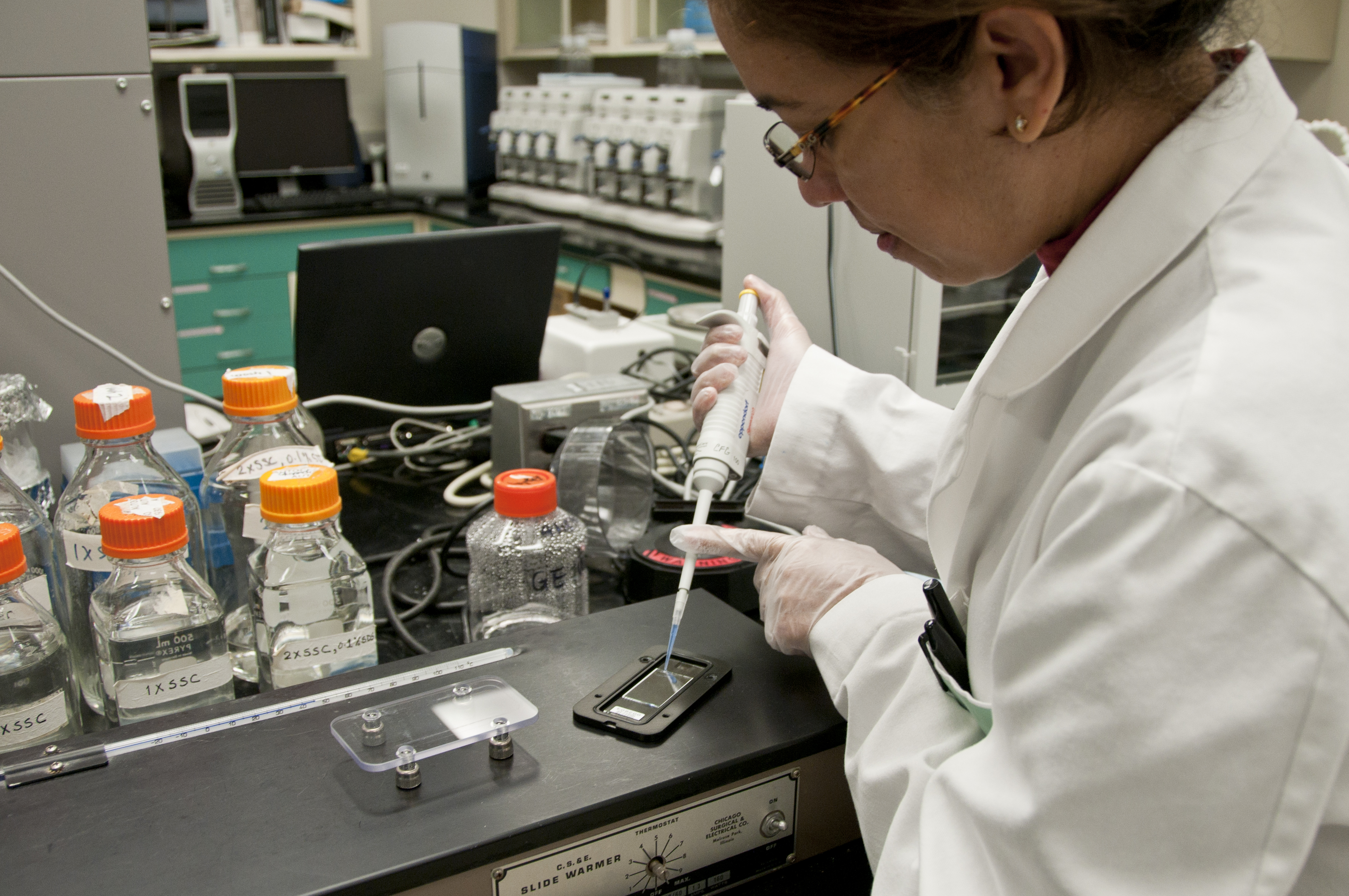
Photo from academic.microsoft.com
Aedes aegypti is a crucial vector for human diseases, such as yellow fever, dengue, chikungunya, and Zika viruses. Today, a major challenge throughout the globe is the insufficient availability of… Click to show full abstract
Aedes aegypti is a crucial vector for human diseases, such as yellow fever, dengue, chikungunya, and Zika viruses. Today, a major challenge throughout the globe is the insufficient availability of antiviral drugs and vaccines against arboviruses, and toxins produced by Bacillus thuringiensis (Bt) are still used as biological agents for mosquito control. The use of Cry toxins to kill insects mainly depends on the interaction between Cry toxins and important toxin receptors, such as alkaline phosphatase (ALP). In this study, we investigated the function of A. aegypti C-type lectin-20 (CTL-20) in the tolerance of Cry toxins. We showed that recombinant CTL-20 protein interacted with both Cry11Aa and ALP1 by the Far-Western blot and ELISA methods, and CTL-20 bound to A. aegypti larval brush border membrane vesicles (BBMVs). Binding affinity of CTL-20 to ALP1 was higher than that of Cry11Aa to ALP1. Furthermore, the survival rate of A. aegypti larvae fed with Cry11Aa toxin mixed with recombinant CTL-20 fusion protein was significantly increased compared with that of the control larvae fed with Cry11Aa mixed with thioredoxin. Our novel results suggest that midgut proteins like CTLs may interfere with interactions between Cry toxins and toxin receptors by binding to both Cry toxins and receptors to alter Cry toxicity.
Journal Title: Toxins
Year Published: 2018
Link to full text (if available)
Share on Social Media: Sign Up to like & get
recommendations!